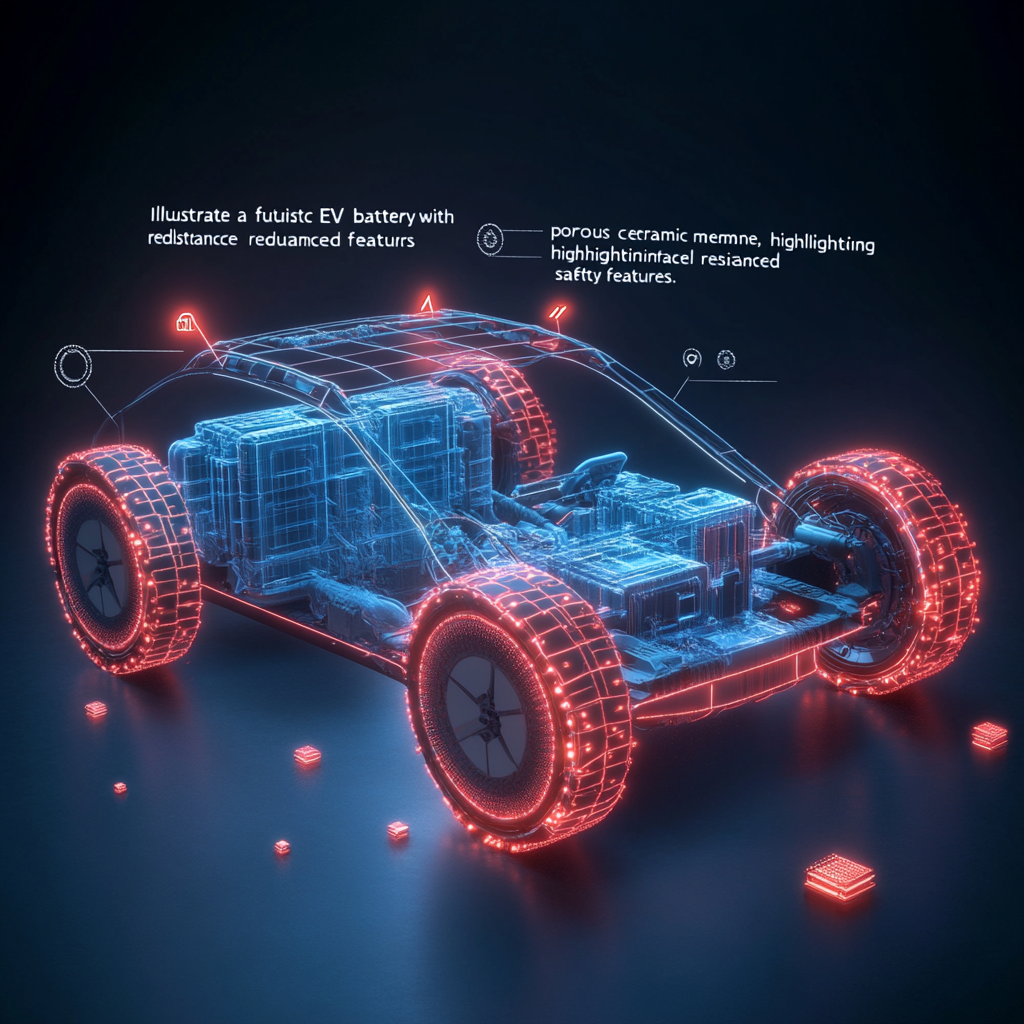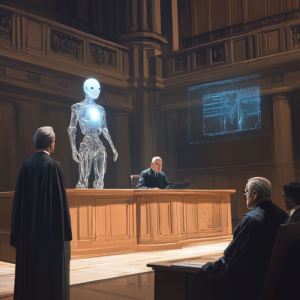
Innovative Design Enhances Safety and Efficiency for EV Batteries
In the electrifying race for eco-friendly travel, a wave of innovation has crashed ashore with tremendous vigor, thanks to the innovative minds at McGill University. Their latest creation is akin to the Marvel superhero of electric vehicle (EV) batteries, boldly taking on the daunting challenges of safety and efficiency. Buckle up, because this cutting-edge development promises to steer the EV industry into a thrilling new era!
Now, let’s dive into the murky waters of what’s been hindering our electric dream rides. One substantial adversary standing in the way of all-solid-state lithium batteries is this pesky villain known as interfacial resistance. This sneaky little resistance forms at the junction where the solid ceramic electrolyte meets the electrodes, effectively sipping away at the battery’s efficiency. Imagine trying to drink a milkshake but having a tiny ice cube block that crushes your sipping game. That’s interfacial resistance for you, lurking in the shadows, reducing the power your tantalizing EV can deliver.
And here's where our heroes come into play. A team led by Professor George Demopoulos has cracked the code by developing a groundbreaking mechanism—a porous ceramic membrane. Instead of the tried-and-tested dense ceramic plate, their design replaces it with a less conventional yet brilliant porous ceramic architecture filled with just the right amount of polymer. This genius choice lets lithium ions frolic and caper between the electrolyte and electrodes without all that unnecessary friction we were so keen to avoid, meaning goodbye to interfacial resistance! Approach the charging station with a grin instead of a grimace, people!
But hold on to your seats! There’s more. This design doesn’t just allow for smoother lithium ion movement—it also lays the groundwork for high-voltage operation. Imagine having an electric engine that could do a shot of espresso just when you need a little extra push! Professor Demopoulos beams with pride, noting that this innovation isn’t merely about efficiency; it opens the doors to a more stable surface, paving the way for higher voltage capacities. Higher voltage equals more power and longer-lasting batteries. It’s like getting a new lease on life for your EV!
Let’s compare this revolutionary design to conventional lithium-ion batteries, which currently power the majority of EVs on the roads. These traditional battery giants rely on liquid electrolytes that resemble a frightening witch’s brew, combining flammable compounds that spell disaster if there’s a hiccup. To put it bluntly, relying on these liquid electrolytes feels a bit like inviting a pyromaniac to your picnic. Swapping them out for solid-state materials is practically akin to extinguishing the fire before it can start!
As we pivot towards a more sustainable electric future, this research represents a big leap alongside a myriad of other ingenious innovations. There’s a veritable cornucopia of advancements going on that are as exciting as finding a dollar bill in an old jacket! For instance, NAWA Technologies is working tirelessly on Ultra Fast Carbon Electrodes, which can supercharge battery power tenfold! Imagine a battery that can store three times more energy than what we’re used to—crikey, it’s the equivalent of turbo boosting your favorite electric rollercoaster!
Meanwhile, the bright minds at the University of Texas and SVOLT are facing the cobalt conundrum head-on, crafting cobalt-free lithium-ion batteries. Cobalt is rarer than a unicorn and more expensive too! Plus, mining it raises all kinds of ethical questions that leave a sour taste. And wouldn’t it be lovely to eliminate that whole drama?
Then there’s the University of California, Riverside, making waves with battery technology that harnesses sand to create pure silicon. Like a magpie captivated by shiny bits, these researchers are pushing the envelope on battery performance and lifespan. Meanwhile, researchers down under at Sydney University are getting into the groove with zinc-air batteries, making them cheaper and safer alternatives to lithium-ion batteries. Could a new contender be waiting in the wings?
All these pieces connect like a well-crafted jigsaw puzzle, hinting that our transition to electric transportation is not only feasible but promising. With researchers like those at McGill University pioneering this fusion of safety and efficiency, the future shines bright!
As vehicles evolve, one can almost hear their engines humming a new tune, a harmonious symphony of sustainability playing at the forefront of our roads. So if you’re a fan of these exhilarating developments—if you can feel the current of excitement surging through your veins—then let’s keep the conversation going! Stay plugged in to the latest buzzing updates in the world of electric vehicle battery innovations.
Want to stay up to date with the latest news on neural networks and automation? Subscribe to our Telegram channel: @channel_neirotoken. Because let’s be honest—the future of electric vehicles is dazzling, brimming with innovations that spark curiosity and demand our attention! Join the ride, and never miss an electrifying update again!

